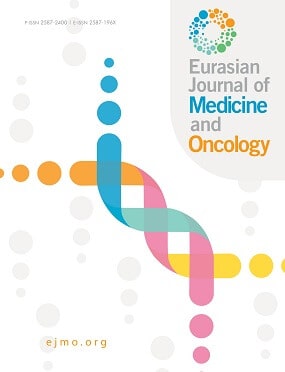

Alteration of fatty infiltration grades of the liver in sonography as an outcome of cholecystectomy
Ural Koc1, Hüseyin Eken21Department of Radiology, Mengucek Gazi Training and Research Hospital, Erzincan, Turkey, 2Department of General Surgery, Erzincan University Mengucek Gazi Training and Research Hospital, Erzincan, Turkey,
Introduction: Recent studies have not only reported that non-alcoholic fatty liver disease may be associated with cholecystectomy but also emphasized that cholecystectomy may be a risk factor for the accumulation of fat in the liver. In light of this information in the literature, in the present study, we compared the sonographic fatty infiltration grades of patients who had undergone cholecystectomy using laboratory findings obtained before and after the operation. Objective: Fifty-nine cases whose almost complete laboratory and sonographic data were available were included in the study. Patients were divided into three groups according to the preoperative period and postoperative follow-up periods as 3 months and 6-12 months. Results: In both groups, there was a statistically significant difference between the preoperative and postoperative steatosis and ultrasound (US) fatty infiltration grades (p<0.001). However, there were no statistically significant differences between the preoperative and two postoperative follow-up periods of US fatty liver grades alteration (p=0.650). The hepatic steatosis index had a significant correlation with steatosis and US fatty infiltration grades (Spearmans correlation rho=0.319 and rho=0.361, respectively, p<0.001). Conclusion: Cholecystectomy may lead to an increase in the level of fatty infiltration of the liver in the follow-up sonography, which may occur over a certain period of time through adaptive processes. Early postoperative US imaging for the purpose of hepatosteatosis follow-up is not necessary.
Cite This Article
Koc U, Eken H. Alteration of fatty infiltration grades of the liver in sonography as an outcome of cholecystectomy. EJMO. 2018; 2(4): 203-208
Corresponding Author: Ural Koc



